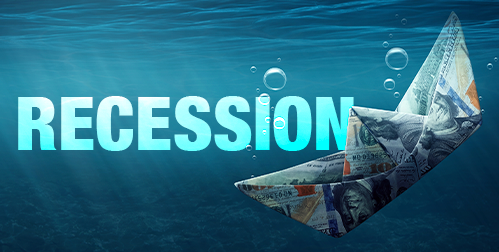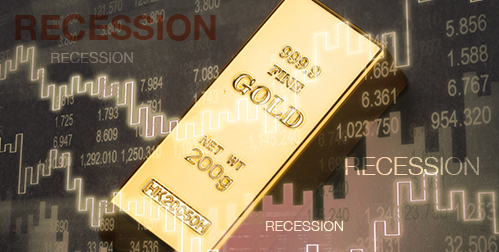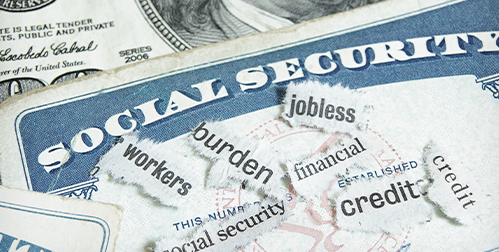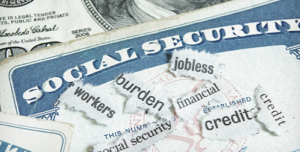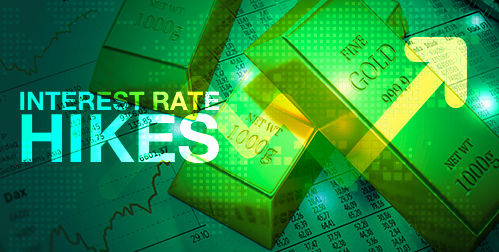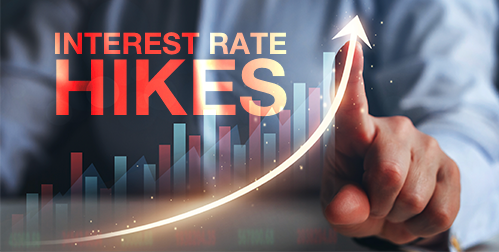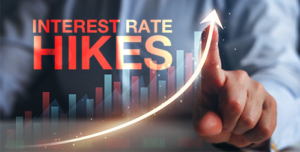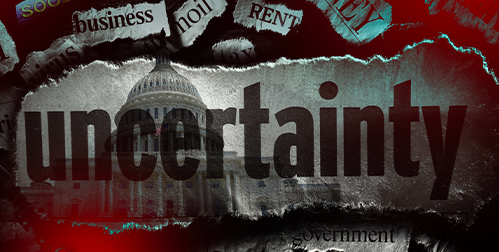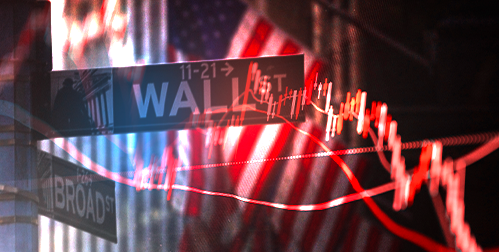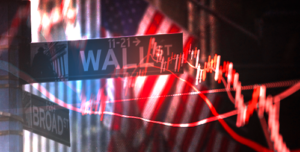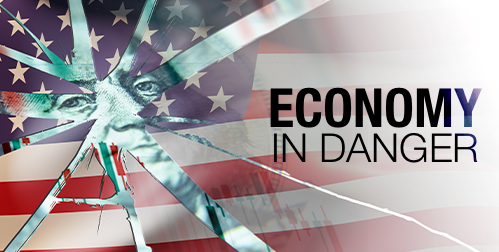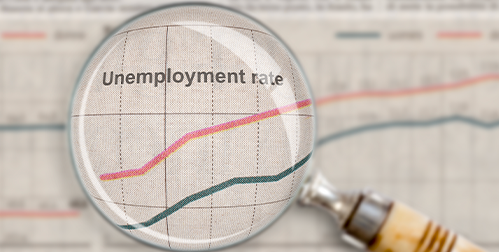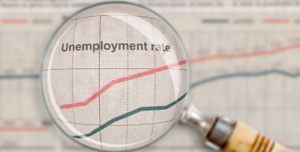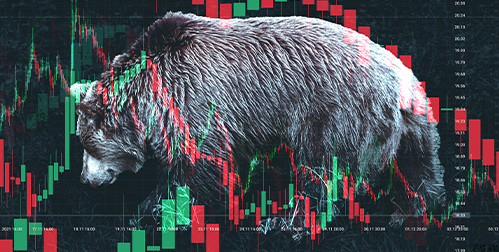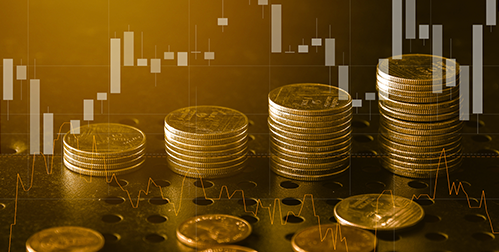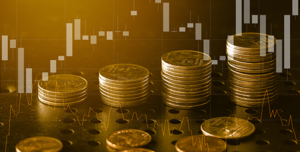- A KPMG survey showed a vast majority of CEOs are preparing for a recession
- Recession fears are being driven by the Fed’s aggressive rate hikes to fight inflation
- A poll indicated that most CFOs believe inflation is here to stay
- Market analysts think the recession, if not severe, will be long
Majority of CEOs Anticipate a Recession
The view from the C-suite looks grim for the economy. KPMG conducted a survey of 400 CEOs. It found that 91% of them predict a recession in the next 12 months. Only 34% think the recession will be mild and short.1
“Once-in-a-generation issues — a global pandemic, geopolitical tensions, inflationary pressures and financial difficulties — have come in short succession and taken a toll on the optimism of global CEOs,” said Bill Thomas, KPMG’s CEO.2
Fears of a recession are coming as the Federal Reserve is hiking interest rates to fight inflation. Market leaders think the large, rapid hikes will slow the economy right into a recession. The Fed has already raised rates by 75 points three times in a row. And there are more large hikes coming. Fed Chairman Powell vowed not to stop until inflation is back down to 2%.
The KPMG survey said more than half of the CEOs are considering reducing their workforce to deal with a recession. They are also holding off on enacting long term spending plans.
CEOS are waiting for the political dust to settle after the midterm elections before making commitments. “There is real uncertainty about the outcome of the midterms and potential for tougher tax legislation and increased regulations,” said a KPMG executive.3
Smaller company leaders are feeling the fear as well. A survey of mid-market companies showed that more than 90% of CEOs of midsized companies are concerned about a recession. More than a quarter of these CEOs said they have already begun layoffs or plan to do so within the next 12 months.4
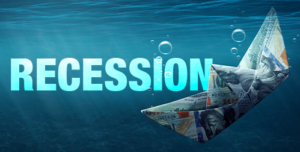
CFOs Surveyed About Peak Inflation and Recession
A CNBC poll showed a majority of CFOs say inflation hasn’t peaked yet. More than a quarter of them say inflation is the greatest risk to their business.
“This inflation is here to stay,” said JPMorgan Asset & Wealth Management CEO Mary Callahan Erdoes. And Unilever CEO Alan Jope said ” any early optimism that inflation has peaked is misplaced.”
Most of the CFOs surveyed believe a recession is already here or about to hit. Nearly half (48%) of CFOs polled said they expect a recession in the first half of 2023. Nineteen percent of CFOs say they expect a recession in the fourth quarter of this year. And another 19 percent said that the U.S. economy is in a recession now.5
Recession Expectations
This downturn may be moderate in comparison to the Great Recession. Yet, analysts predict that it will be longer. High inflation is going to stop the government from trying to relieve it. The Fed is ok will with dealing out the pain until inflation is at an acceptable level.
“The Fed is not going to pause until they see that inflation has convincingly come down. That means that this Fed will be hiking well into economic weakness, likely prolonging the duration of the recession,” said Anna Wong, chief US economist.6
And there will be pain. In the dozen recessions since World War II, on average the economy contracted by 2.5%. Unemployment rose about 3.8 percentage points and corporate profits fell 15%. The KPMG survey showed 71 percent of CEOs think a recession will impact company earnings by up to 10 percent. Which means an already battered stock market may suffer an even steeper fall as earnings drop.7
The people responsible for trillions of dollars of assets can see the writing on the wall. If they are preparing for recession, then so should you. One the best ways to protect your assets during an economic downturn is with a Gold IRA. Contact us today to learn what it can do for you.

